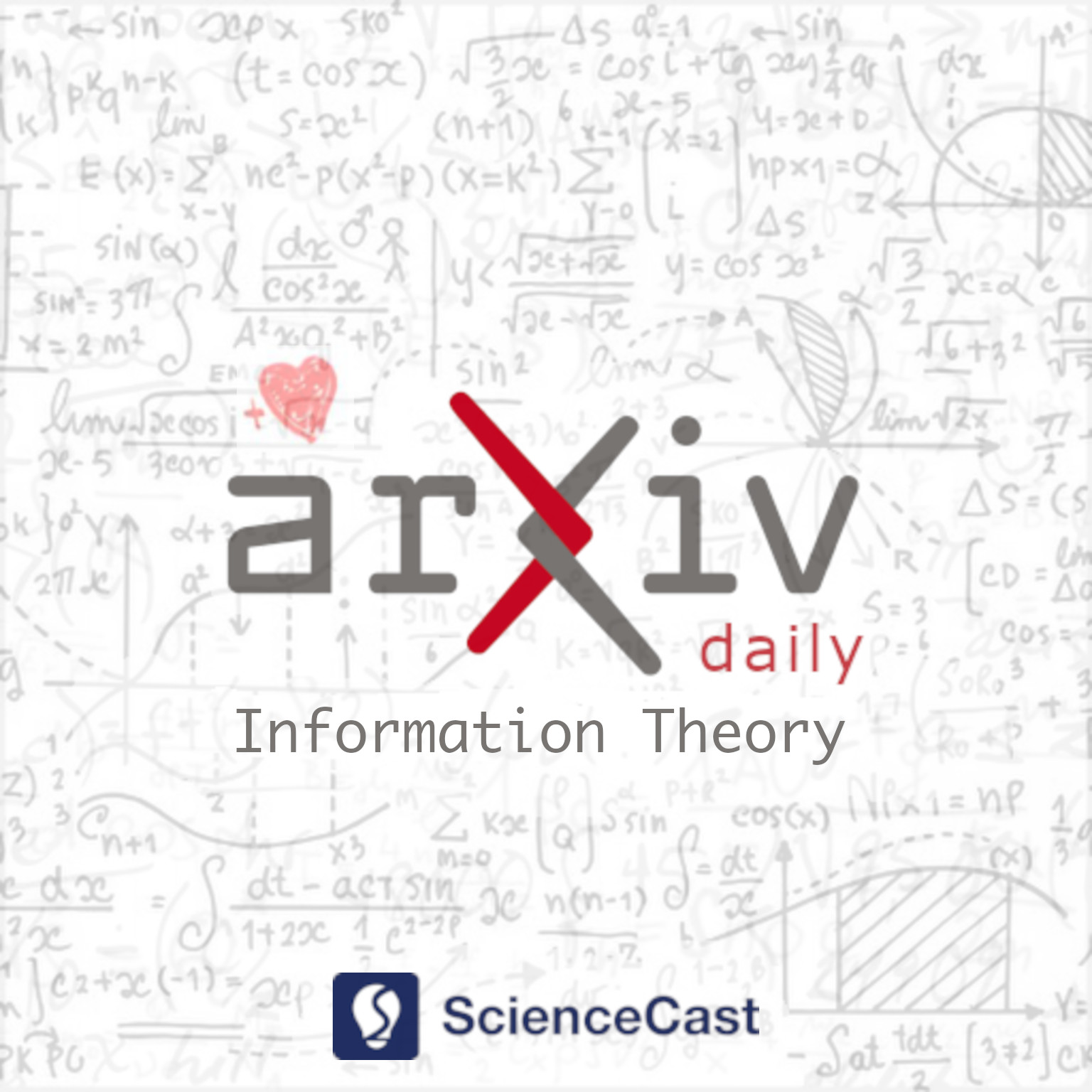
Information Theory (cs.IT)
Fri, 14 Apr 2023
1.Entropy-Based Energy Dissipation Analysis of Mobile Communication Systems
Authors:Litao Yan, Xiaohu Ge
Abstract: Compared with the energy efficiency of conventional mobile communication systems, the energy efficiency of fifth generation (5G) communication systems has been improved more than 30 times. However, the energy consumption of 5G communication systems is 3 times of the energy consumption of fourth generation (4G) communication systems when the wireless traffic is increased more than 100 times in the last decade. It is anticipated that the traffic of future sixth generation (6G) communication systems will keep an exponential growth in the next decade. It is a key issue how much space is left for improving of energy efficiency in mobile communication systems. To answer the question, an entropy-based energy dissipation model based on nonequilibrium thermodynamics is first proposed for mobile communication systems. Moreover, the theoretical minimal energy dissipation limits are derived for typical modulations in mobile communication systems. Simulation results show that the practical energy dissipation of information processing and information transmission is three and seven orders of magnitude away from the theoretical minimal energy dissipation limits in mobile communication systems, respectively. These results provide some guidelines for energy efficiency optimization in future mobile communication systems.
2.Faster List Decoding of AG Codes
Authors:Peter Beelen, Vincent Neiger
Abstract: In this article, we present a fast algorithm performing an instance of the Guruswami-Sudan list decoder for algebraic geometry codes. We show that any such code can be decoded in $\tilde{O}(s^2\ell^{\omega-1}\mu^{\omega-1}(n+g) + \ell^\omega \mu^\omega)$ operations in the underlying finite field, where $n$ is the code length, $g$ is the genus of the function field used to construct the code, $s$ is the multiplicity parameter, $\ell$ is the designed list size and $\mu$ is the smallest positive element in the Weierstrass semigroup of some chosen place.
3.Resource Allocation and Passive Beamforming for IRS-assisted URLLC Systems
Authors:Yangyi Zhang, Xinrong Guan, Zhi Ji, Qingqing Wu, Yueming Cai
Abstract: In this correspondence, we investigate an intelligent reflective surface (IRS) assisted downlink ultra-reliable and low-latency communication (URLLC) system, where an access point (AP) sends short packets to multiple devices with the help of an IRS. Specifically, a performance comparison between the frequency division multiple access (FDMA) and time division multiple access (TDMA) is conducted for the considered system, from the perspective of average age of information (AoI). Aiming to minimize the maximum average AoI among all devices by jointly optimizing the resource allocation and passive beamforming. However, the formulated problem is difficult to solve due to the non-convex objective function and coupled variables. Thus, we propose an alternating optimization based algorithm by dividing the original problem into two sub-problems which can be efficiently solved. Simulation results show that TDMA can achieve lower AoI by exploiting the time-selective passive beamforming of IRS for maximizing the signal to noise ratio (SNR) of each device consecutively. Moreover, it also shows that as the length of information bits becomes sufficiently large as compared to the available bandwidth, the proposed FDMA transmission scheme becomes more favorable instead, due to the more effective utilization of bandwidth.
4.Network-Assisted Full-Duplex Cell-Free Massive MIMO: Spectral and Energy Efficiencies
Authors:Mohammadali Mohammadi, Tung T. Vu, Hien Quoc Ngo, Michail Matthaiou
Abstract: We consider network-assisted full-duplex (NAFD) cell-free massive multiple-input multiple-output (CF-mMIMO) systems, where full-duplex (FD) transmission is virtually realized via half-duplex (HD) hardware devices. The HD access points (APs) operating in uplink (UL) mode and those operating in downlink (DL) mode simultaneously serve DL and UL user equipments (UEs) in the same frequency bands. We comprehensively analyze the performance of NAFD CF-mMIMO from both a spectral efficiency (SE) and energy efficiency (EE) perspectives. Specifically, we propose a joint optimization approach that designs the AP mode assignment, power control, and large-scale fading (LSFD) weights to improve the sum SE and EE of NAFD CF-mMIMO systems. We formulate two mixed-integer nonconvex optimization problems of maximizing the sum SE and EE, under realistic power consumption models, and the constraints on minimum individual SE requirements, maximum transmit power at each DL AP and UL UE. The challenging formulated problems are transformed into tractable forms and two novel algorithms are proposed to solve them using successive convex approximation techniques. More importantly, our approach can be applied to jointly optimize power control and LSFD weights for maximizing the sum SE and EE of HD and FD CF-mMIMO systems, which, to date, has not been studied. Numerical results show that: (a) our joint optimization approach significantly outperforms the heuristic approaches in terms of both sum SE and EE; (b) in CF-mMIMO systems, the NAFD scheme can provide approximately 30\% SE gains, while achieving a remarkable EE gain of up to 200\% compared with the HD and FD schemes.